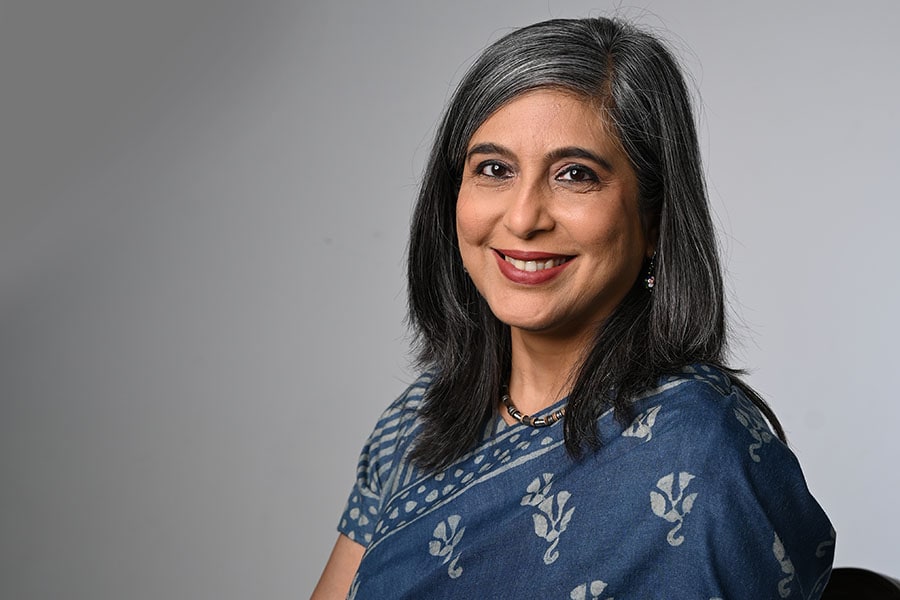
The mutual funds industry in India can be far larger: Monika Halan
The author and financial educator on how Indian retail investors can use mutual funds to make their money work for them, why passive funds are likely to see more action in the future, and to what extent you should believe financial influencers on social media
 Monika Halan, Author and financial educator
Monika Halan, Author and financial educator
Monika Halan’s last book, Let’s Talk Money, was a national bestseller that offered practical insights on how to build financial security. She takes that conversation forward with her latest book Let’s Talk Mutual Funds. Halan, an author and financial educator, speaks to Forbes India about recent policy developments related to mutual funds—like the government's decision to tax investments in debt mutual funds as short-term capital gains—and how they are likely to affect investors. She also reflects on whether a large section of the Indian population has adequate income levels to invest in mutual funds, if it makes sense for people to take charge of their portfolios, and the common mistakes people make while dealing with mutual funds. Edited excerpts from a conversation on the podcast From the Bookshelves:
Q. After the huge success of Let's Talk Money, what prompted you to zoom into mutual funds?
In fact, a little bit of a heads up was there in Let’s Talk Money. Because I remember, as I wrote the chapter on mutual funds, I felt that I wasn't being able to do justice to a product that is so aimed at retail investors. In that [chapter], I had written that I think mutual fund deserves a book by itself, and then the readers and enthusiasts of Let’s Talk Money did not let me forget it; they kept on tagging me on social media and asking me when the next book was coming. So, it really is like a sequel. It takes the conversation in Let’s Talk Money forward, because I believe that for Indian retail investors, mutual funds are one of the best routes to accessing different asset classes, and, therefore, I thought it deserved a full book by itself.
Q. Was there a pressure to replicate the success or live up to the benchmark that you had set with Let’s Talk Money?








